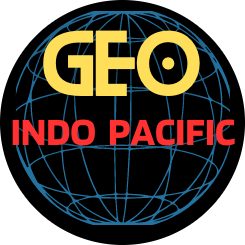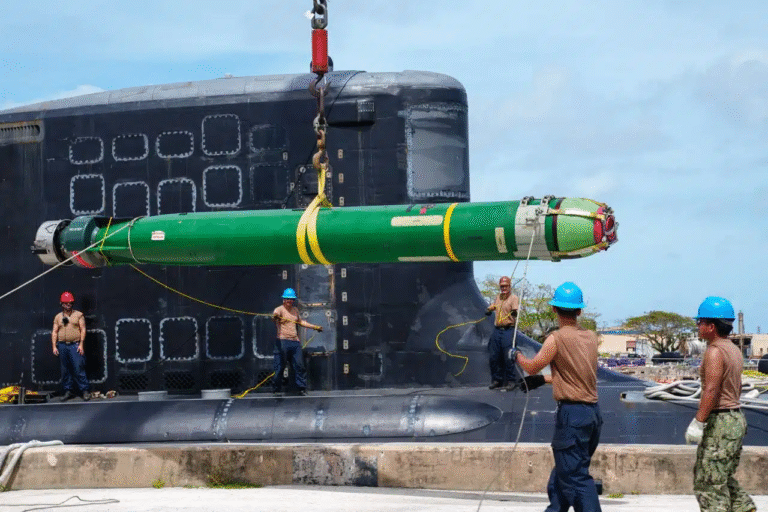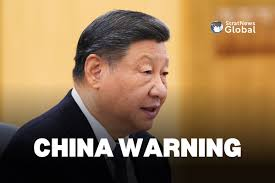
urrent geopolitics might suggest that Western scientists have been in general alignment with the United States in the global race for fusion energy – but some of Europe’s top nuclear physicists are placing their bets on China.
Scepticism over US fusion goals and chronic delays at the 33-nation International Thermonuclear Experimental Reactor (ITER) project in France have created an opening for a new leader in the field, and China appears poised to fill it.
Targeted for completion in 2027, the Burning Plasma Experimental Superconducting Tokamak (BEST) in Hefei, central China, is rapidly attracting international talent frustrated by slow progress elsewhere.
On Monday, the interest in China was formalised when researchers from several European nations arrived in the city to sign the Hefei Fusion Declaration.
The agreement, reported by Chinese state news agency Xinhua, signalled a deepened commitment to solve the puzzle of sustainable nuclear fusion, with international teams now pledging to integrate their efforts with China’s accelerating timeline.
Officially launched by the Chinese Academy of Sciences the same day, the international “Burning Plasma” collaboration is aimed at accelerating the timeline of BEST to unlock the “holy grail” of clean energy: sustainable nuclear fusion.





